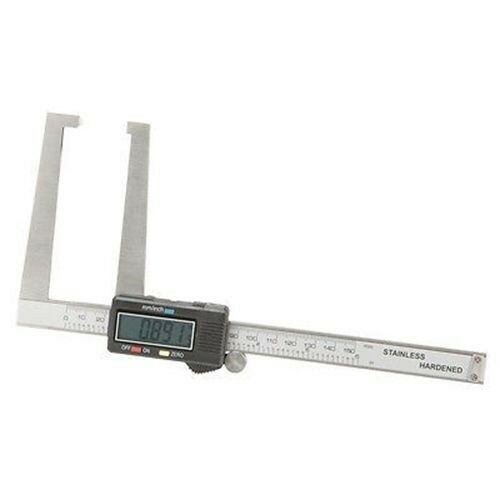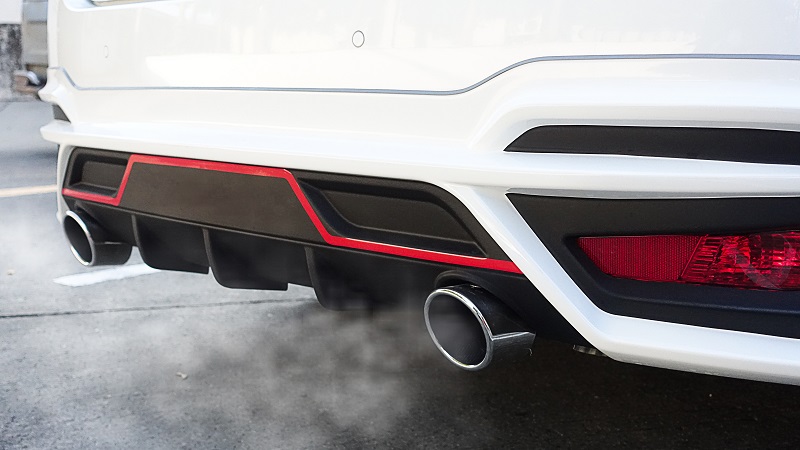You’d be surprised if you knew just how many sensors modern-day vehicles are equipped with. The number of sensors has been on a huge rise in the last few decades and for good reason. These sensors help vehicles achieve things that were just not possible before. The main purpose of all sensors is data collection, but it’s what the vehicle does with this information that has proven to be a game-changer.
When you take into consideration that sensors have multiple applications, it’s not surprising that some of them serve a greater purpose than others. The battery temperature sensor is one of those more important sensors, while a tire pressure sensor, for example, is comparatively less significant. What this means is that a failing battery temperature sensor needs immediate looking at and here’s how you can go about it.

Article updated on 01/22/22.
Battery Temperature Sensor – How Does It Work?
A battery temperature sensor is also called the electronic battery sensor (EBS) or intelligent battery sensor (IBS) in some vehicles. This sensor is typically a thermistor by nature, meaning that it measures resistance in a circuit based on the ambient temperature. EBS usually consists of two wires located on the negative battery terminal. As the temperature changes, the resistance changes along with the voltage. Speaking of battery terminals, it’s imperative that you keep them clean as any corrosion could cause issues with the EBS.
This information is then passed on to the vehicle’s computer. The computer constantly records data such as the current, voltage, and temperature with the help of the battery sensor. This information is then used to calculate vital readings like the state of charge, starting ability, and the condition of the battery, among other things.
Interestingly, the ideal charge voltage required by batteries changes with battery temperature. The battery temperature sensor provides the data required to adjust the charge voltage based on the actual battery temperature continuously. Temperature compensation of charge voltage assures that the battery receives the adequate charge voltage as battery temperature changes during operation.
Purpose of a Battery Temperature Sensor
Its name and workings may lead you to believe that the battery temperature sensor’s purpose is to provide the adequate voltage required for optimum battery performance and longevity. While that is true, an EBS handles a few more tasks.
You see, it can detect whether the battery isn’t at its optimum level and signal the computer to disable functions such as heated seats, air conditioning, and more while informing the driver through a warning light.
The computer will then use the alternator to its full extent to recharge the battery and if it manages to do so successfully, the aforementioned features will come back online. That’s not all, there’s also a massive requirement for vehicles to be more efficient and manufacturers have realized that a vehicle’s electrical system can contribute to this.
Features like auto start-stop and drive-by-wire have made a dramatic difference. However, these features are dependent on a battery that’s always at an optimum state. And that can only be achieved with the help of a battery temperature sensor. Improved alternator control, thanks to the battery temperature sensor, also saves fuel and reduces emissions.
You’ll also find a battery temperature sensor on hybrid and electric vehicles where it’s called a battery management system (BMS). A BMS is way more complex and has even more duties than you’d expect from a vehicle that is solely dependent on its batteries.
Symptoms of a Bad or Failing Battery Temperature Sensor

Coming back to the matter at hand, which is battery temperature sensors used by vehicles with internal combustion engines. Let’s look at some symptoms that can alert the driver that the battery temperature sensor failed and needs to be fixed.
Surging Engine
A battery temperature sensor that’s on its way out will cause the engine in the vehicle to surge. This occurs when the sensor has an important role in controlling the system voltage and if there’s an issue, it will provide incorrect data which in turn will result in the engine surging.
Low Battery Voltage
If your vehicle is showing signs of low battery voltage that is a symptom of a bad battery temperature sensor. It can be caused when the computer is provided with inaccurate information and as a result, it doesn’t regulate the correct charge required by the battery.
Subsequently, your vehicle has low battery voltage which has its own set of problems including not having enough juice to start the vehicle.
Warning Light
You will also most likely see an illuminated battery warning light if the battery temperature sensor fails. If the sensor or the system associated with it has a problem that’s affecting the battery’s charge, it will light up the battery light.
What’s also quite useful is that the battery light will illuminate if the sensor is too hot, which will inform the driver before damage occurs to the battery. Depending on the issue, you could also see a check engine light come one. In that case, scanning for fault codes usually reveals a P0517 error, which is directly related to the battery temperature sensor.
Removing It Is Not a Fix
Vehicle manufacturers like to cut costs wherever possible, even if the vehicle is quite expensive because it increases their profit margin. If there was no need for a certain component, especially something as valuable as a sensor, it wouldn’t have been installed in the first place.
The battery temperature sensor is part of a lot of advanced technologies in the electrical systems of newer vehicles, and they play an essential role in a vehicle’s charging system. This is why removing or bypassing it is not considered to be a viable solution.
Where Is the Battery Temperature Sensor Located?

The most common spot for a battery temperature sensor is the negative terminal of the battery. It’s positioned right next to the terminal clamp and is connected to the vehicle’s body for ground. However, the location depends on the vehicle. Some even have it on the positive terminal of the battery, while a few have two battery sensors – one on each terminal.
Domestic vehicles, meanwhile, have the battery temperature sensor placed directly below the battery. The reasoning behind this is that most batteries develop excessive heat towards the bottom of the core and often in the middle of the battery. Regardless of the specific spot, it will always be close to the battery, and finding it certainly won’t be difficult.
How to Replace a Battery Temperature Sensor?
Since the battery temperature sensor is an integral component of the electrical system of a vehicle, the first you should do to replace it is disconnect the battery.
With both battery terminals disconnected, you can move forward to the next step of either unplugging or unbolting the battery temperature sensor. With that done, you can simply reinstall the fresh battery temperature sensor, and you’ll be good to go.
Get the Correct Battery Temperature Sensor Right Here!
The electrical system of your vehicle is something that you shouldn’t mess around with. As even the slightest discrepancy like incorrect readings from an incorrect battery temperature sensor could cause extensive damage.
This is why it’s highly recommended that you use a Genuine or quality OEM battery temperature sensor if your old one fails. If you aren’t sure about the part number, go to the Shop section of our website, select your vehicle, and you’ll find exactly what you need!






